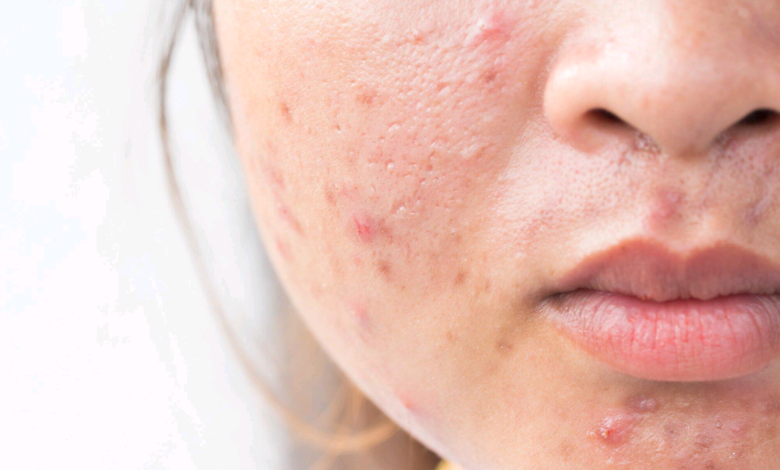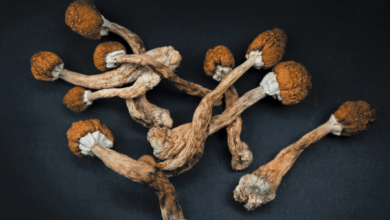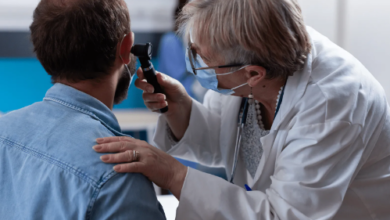The Truth About Acne Marks vs Acne Scars: Dispelling Common Myths

Acne marks and acne scars are often used interchangeably, but the truth is, they are two distinct types of skin discoloration that require different treatments. In this article, we will dive into the differences between acne marks vs acne scars to help you better understand your skin and how to treat it.
Myth 1: Acne Marks and Acne Scars Are the Same Thing
While both are lingering reminders of past acne, the nature of marks and scars differs fundamentally. Understanding this delineation is critical, as the treatment for each condition varies significantly. Here are the key differences between acne marks vs acne scars:
Acne Marks
Acne marks, or post-inflammatory erythema (PIE) and post-inflammatory hyperpigmentation (PIH), manifest as red or brown discoloration on the skin, respectively. These are not permanent and typically fade over time.
However, face spa treatments can speed up the healing process of acne marks. This includes chemical peels, microdermabrasion, and laser therapy.
Acne Scars
On the other hand, acne scars are alterations to the skin texture, caused by the healing process of deep acne lesions. There are several types of scars with varying degrees of permanence.
This includes ice pick, boxcar, and rolling scars. They often necessitate professional interventions, such as laser therapies or microneedling treatment.
Myth 2: Acne Marks and Scars Will Fade Away on Their Own
While it is true that acne marks and scars can improve with time, this process can take months or even years. Additionally, certain factors, such as sun exposure and picking at acne lesions, can hinder the natural fading process.
Sun Exposure
Sun exposure can darken PIH and make it more challenging to fade. It also slows down the skin’s healing process, further prolonging the appearance of acne marks and scars.
Picking at Acne Lesions
Picking at acne lesions can cause further inflammation and damage to the skin, leading to increased scarring. It is crucial to resist the urge and instead, seek professional advice on how to treat and care for your skin properly and for the best facial for acne.
Myth 3: Home Remedies Can Effectively Treat Acne Marks and Scars
There is a plethora of DIY treatments that claim to fade acne marks and scars, but the truth is, they are often not effective. Some may even cause further irritation or damage to the skin.
Lemon Juice
Lemon juice, a popular at-home remedy for PIH, can do more harm than good. Its high acidity can cause chemical burns, leading to more severe scarring and discoloration.
Baking Soda
Baking soda is another commonly used ingredient for fading acne marks and scars. However, it can disrupt the skin’s pH balance, causing dryness and irritation.
Myth 4: Acne Marks and Scars Only Affect Those with Severe Acne
While it is more common for people with severe acne to develop marks and scars, anyone who has experienced acne breakouts can be left with these skin discolorations. This includes mild or occasional acne sufferers.
Differentiating Acne Marks vs Acne Scars
When comparing acne marks vs acne scars, it’s important to know they are not the same thing and require different approaches for treatment. It is important to consult with a dermatologist for personalized recommendations on how to best address your skin concerns. Remember to be patient with the process. Take charge of your skin and say goodbye to those pesky acne marks and scars.
Is this article helpful? Keep reading our blog for more.




